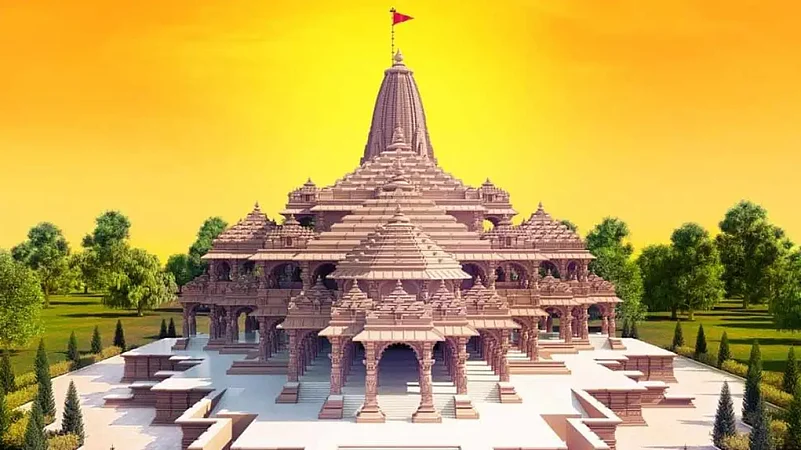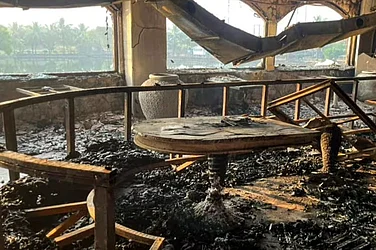In October this year, Uttar Pradesh Chief Minister Yogi Adityanath addressed a programme at Shri Panchkhand Peeth in Rajasthan where he announced that nearly 50 percent of the construction of the new Ram temple in Ayodhya had been completed.
"Dedicated efforts were made to realise the dream of the Ram Mandir for which the movement started in 1949. Resultantly, today, over 50 per cent of work on the Ram Mandir…is nearing completion," Adityanath said.
Adityanath laid the foundation stone of the Ram temple's garbha griha (sanctum sanctorum) earlier in June 2022, marking the beginning of the next phase of construction of the main temple, the first phase of which was inaugurated by Prime Minister Narendra Modi in August 2020. The temple, which is being built on the long-disputed site where the 16th century Babri mosque had once stood, is likely to be opened for devotees by early 2024, presumably in time for the Lok Sabha elections scheduled in the same year.
But there's a long history that led to the re-establishment of the Ram Temple, one of the flagship agendas of the current Narendra Modi-led BJP government.
The Ram Mandir in Ayodhya has been a major electoral issue for the Bharatiya Janata Party (BJP), which led the Ram Mandir movement along with other Hindu right-wing organisations, claiming that the first Mughal emperor Babar had razed a Hindu temple in Ayodhya to construct a mosque over it in the 16th century.
The mosque, called Babri Masjid, was demolished by right-wing Hindu kar-sevaks in 1992. Veteran BJP leader and former Deputy Prime Minister Lal Krishna Advani was an accused in the case related to the mosque's demolition along with fellow BJP veterans Murli Manohar Joshi, Kalyan Singh, Uma Bharti, and others. All of the 32 accused were acquitted in 2020 by a special Central Bureau of Investigation (CBI) court.
Here we explain with photographs the journey of Ram Mandir from the movement helmed by Advani to the demolition, the subsequent judgements, and its politics.
The Ram Mandir movement
While the first police complaint in the Ayodhya dispute dates back to 1858 and first cases were filed in 1885, the main thrust to the Ram Mandir movement came in 1989 when the Vishva Hindu Parishad (VHP) did a 'shilanyas' —foundation stone-laying— at the disputed Ram Janmabhoomi-Babri Masjid site.
The 'shilanyas' happened with the blessings of the then-Prime Minister Rajiv Gandhi, whose Home Minister Buta Singh met late VHP leader Ashok Singhal and granted him the permission to lay the foundation stone. As communal tensions rose, the Union government urged VHP to conduct it outside the dispute side but the VHP defied the government.
The Indian Express wrote in an article, "But on November 9, a congregation of VHP leaders, including Sadhus, dug a 7x7x7 ft pit to lay the singhdwar (main entrance) of the sanctum sanctorium, clearly on the disputed land, defying the agreement they had made with the authorities."
In 1990, LK Advani began his rath yatra, which was the most significant milestone in the Ram Mandir movement.
Advani embarked on his first Toyota rath yatra, catalysing a chain of events that resulted in the demolition of the Babri Masjid two years later, noted an article in the India Today magazine.
The Rath Yatra, Babri demolition
In September 1990, LK Advani began his Rath Yatra from Gujarat's Somnath to Ayodhya in Uttar Pradesh to make people aware about the Ram Janmabhoomi issue and to raise support for the call of a Ram Mandir in Ayodhya.
While it was under the banner of religion, it was also a political act. India Today noted, "It whipped up a strong Hindu fervour and increased the party's votebank from 85 in 1989 to 120 in the 1991 general elections."
The Rath Yatra also led to communal violence in Gujarat, Karnataka, Uttar Pradesh, and Andhra Pradesh. Advani was arrested in October 1990 in Bihar's Samastipur at the orders of the then-Chief Minister Lalu Prasad Yadav. Advani was on his way to Ayodhya for kar seva when he was arrested.
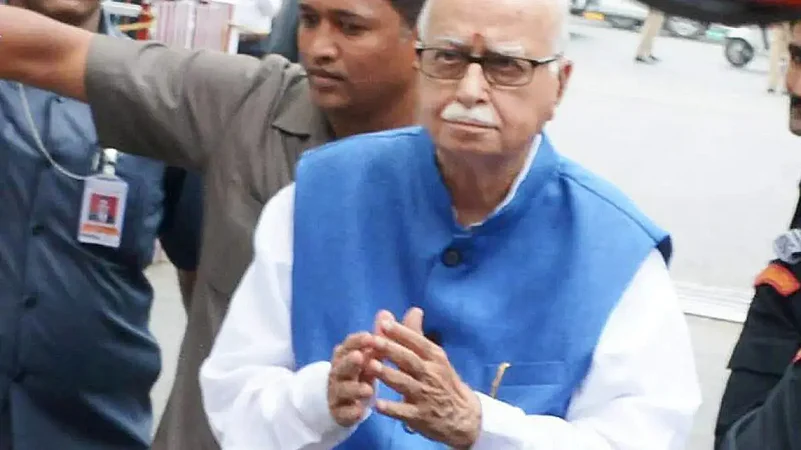
In 1992, thousands of right-wing Hindu kar sevaks climbed the Babri Masjid and demolished it.
The Liberhan Commission, formed in 1992 by the-then Prime Minister PV Narasimha Rao to investigate the demolition, reported that top leadership of the Rashtriya Swayamsevak Sangh, Vishwa Hindu Parishad, Shiv Sena, Bajrang Dal, and the BJP bear primary responsibility for the demolition, according to an IANS report from 2009.
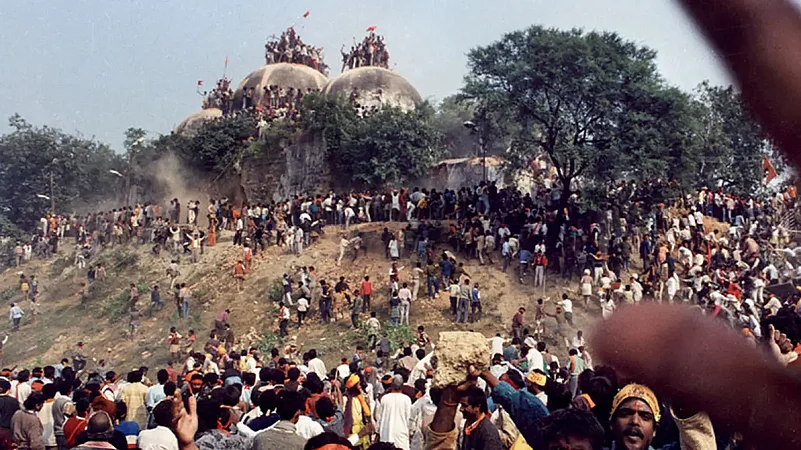
"It stands established beyond doubt that the events of the day were neither spontaneous nor unplanned nor an unforeseen overflowing of the people's emotion," said the Commission, as per the IANS report.
The court judgements
The Allahabad High Court in its 2010 judgement divided the Ramjanmabhoomi-Babri Masjid site into three parts, with Sunni Waqf board, Nirmohi Akhara, and Ram Lalla each receiving a third of it.
THe HC ruled that the central dome of the demolished three-dome structure where the idol of Ram Lalla had been kept in a makeshift temple was the birthplace of Ram, as per a report in The Hindu.

The judgement was challenged in the Supreme Court, which delivered its verdict in 2019 and said the Allahabad High Court had "completely erred" in its ruling.
The Supreme Court in 2019 awarded the disputed site to Ram Lalla. The five-judge bench said the faith of Hindus that Lord Ram was born at the site was undisputed, and he is symbolically the owner of the land, as per a PTI report.
While the apex court awarded the disputed side to Ram Lalla, it also ruled that the Union government would allot a five-acre plot in a "prominent" location in Ayodhya to build a mosque in place of the one demolished in 1992.
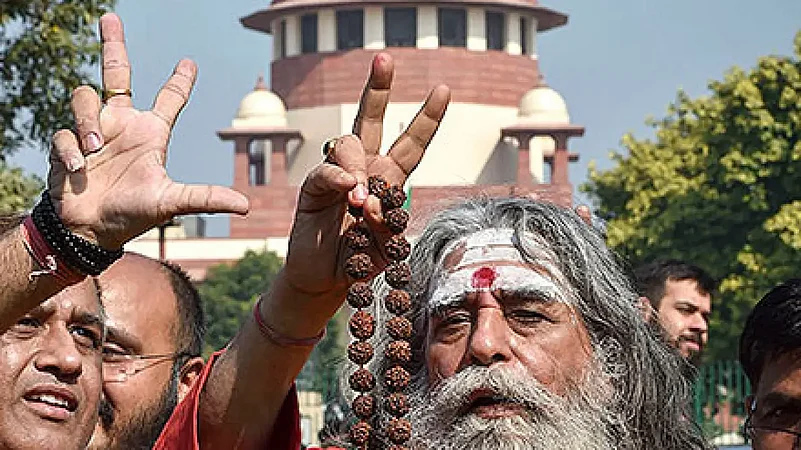
In a separate judgement in 2020, the Special CBI court hearing the case for the demolition of Babri Masjid acquitted all of the 32 accused persons, including BJP veterans Advani, Joshi, and Uma Bharti.
The construction of Ram Mandir
Years before the final judgement in the case, stone began to be collected and carved in Ayodhya to be used in the construction of Ram Mandir in future. The workshop was set up in 1990, the year Advani began his Rath Yatra.
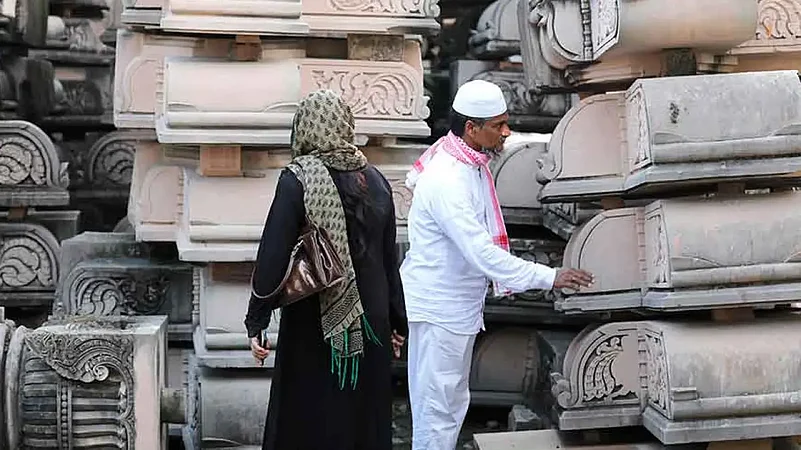
Following the 2019 Supreme Court verdict, Prime Minister Narendra Modi laid the foundation stone of Ram Mandir in Ayodhya in August 2020.
UP Governor Anandiben Patel, UP CM Yogi Adityanath, RSS chief Mohan Bhagwat, and Shri Ram Janmabhoomi Teerth Kshetra trust head Nritya Gopal Das shared the dais along with Modi during the ceremony.

Following the inauguration of the first phase of the construction by Modi in 2020, Adityanath on Wednesday laid the foundation stone for the 'garbhagriha' —sanctum sanctorum— of Ram Mandir in Ayodhya to mark the beginning of the construction of the next phase of the temple, which is believed to be open to public a few months before the 2024 general elections.
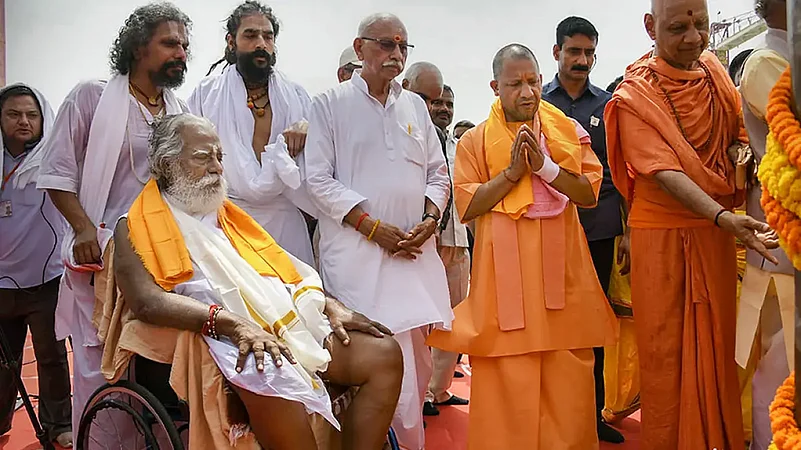
While the temple will not be open to public until at least 2024, the trust overseeing the construction of Ram Mandir at Ayodhya has released models of how the temple would be once it's fully constructed.
Funding for Ram Mandir
As per the Ram temple trust, the current estimated cost for the construction of the new temple is approximately Rs 1,800 crore. The costs are expected to go up, The Economic Times reported in September this year.
In 2021, Neeraj Shukla, vice-chairman of ADA, said the estimated construction cost of the Ram temple (covered area) was estimated to be Rs 15 crore on the basis of the public work department’s (PWD) schedule. The Shri Ram Janmabhoomi Teerth Kshetra Trust had launched a nationwide fund collection campaign called "Shri Ram Janmabhoomi Ram Mandir Nidhi Samarpan Abhiyan" on January 15 2021.
“In the nationwide fund collection campaign, the Trust has received ₹2,100 crore in its bank accounts till Friday (February 26),” Trust treasurer Swami Govind Dev Giri said in a statement issued in March, 2021, in Ayodhya.
Voluntary donations from Rambhakts (devotees of Lord Ram) are made via coupons of Rs 10, Rs 100 and Rs 1,000 denominations that are provided by the Trust.
Earlier in 2020, the trust authorities had said that the temple will be built using funds collected through a domestic donation campaign since the trust was not authorised to accept donations from outside India.
In 2021, the trust said it is looking for ways to accept donations from affluent Indians and Hindus living abroad. "There is a demand from the devotees of Lord Ram residing abroad to launch a fund contribution campaign for overseas Indians also,” Giri was quoted by Hindustan Times in 2021.
In June this year, The Telegraph reported that donations totalling Rs 5,500 crore have been collected so far towards the construction of the Ram temple so far. According to the Trust, of the money collected, Rs 3,400 crore was donated between January 15 and February 27 this year during a special drive,
The sum (Rs 5,500 crore) is about half the Centre’s annual budget for the school midday meal scheme.
